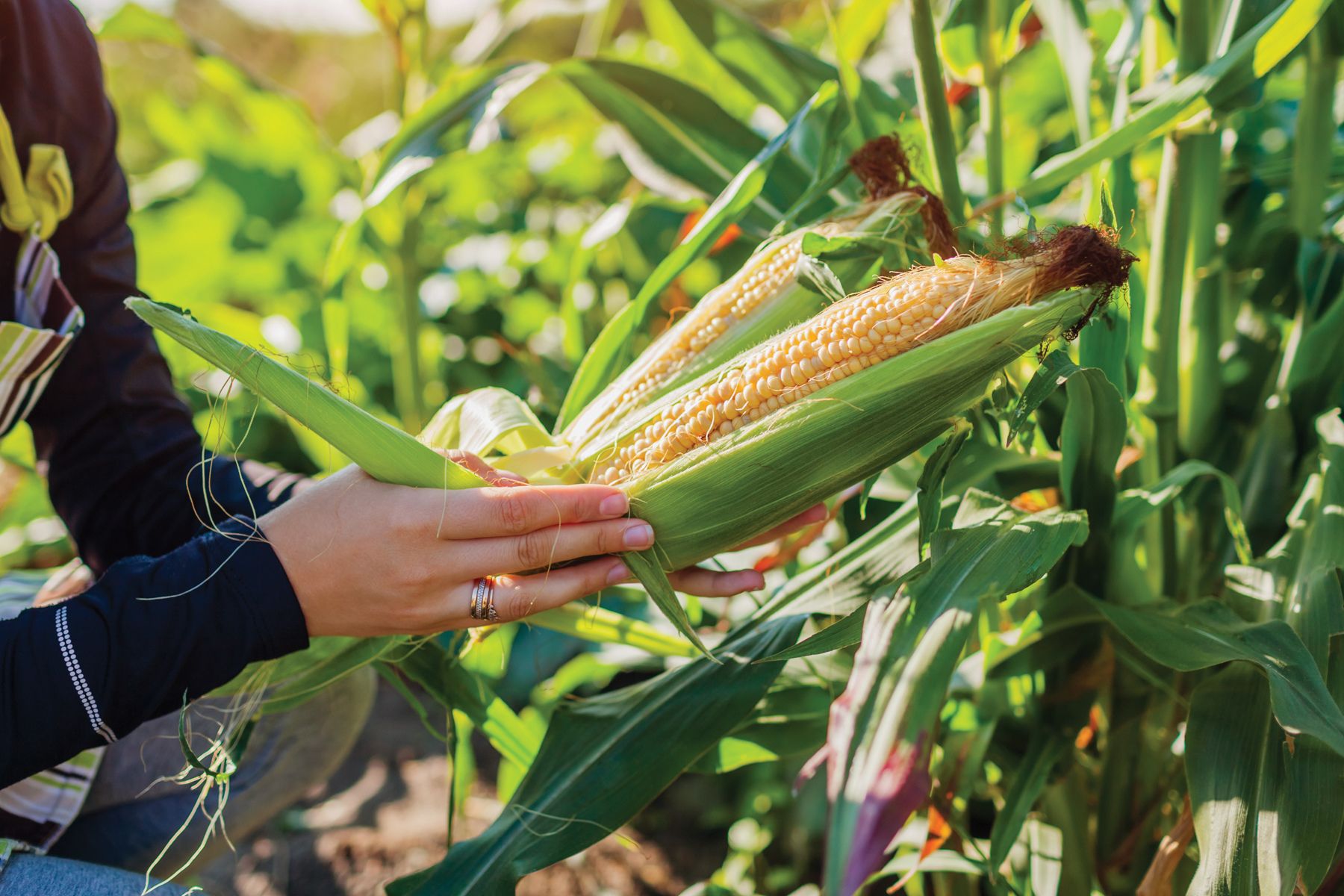
Of Maize and Men
Written by Aja Goare
A product of America’s first people, corn has been grown in this nation for about 1,000 years. Called “maize” in many languages, corn was first cultivated in Mexico more than 7,000 years ago. What is believed to be this land’s oldest crop was brought to present day North America by Indigenous people who migrated north.
The U.S. National Park Service reports that early farmers of the crop — Native Americans — likely bred the first corn from wild grasses. Older varieties of corn generally produced small ears with eight to 10 rows. Today, corn is grown in most states. On average, U.S. farmers plant about 90 million acres of corn each year. Where Native people used the substance for not only food but furniture, toys and containers as well, American corporations today also utilize the yellow kernels to make oil — both edible corn oil and inedible fuel. Most of the corn produced in this modern age, however, is used to feed pigs and cattle.
As a food source, corn is used in many cultures. In its earlier history, tribes grew colorful varieties of corn for different uses. When Europeans settled on the land, they preferred to grow the yellow variety. When they took corn to Europe, they attempted to farm and eat it there but found themselves becoming ill. Historians believe the illness came from the ignorance of European settlers who didn’t understand the process of nixtamalization, a technique that liberates the chemical compounds niacin and tryptophan from corn and allows the body to absorb them.
Corn is an esteemed ingredient in Mexican foodways. Because its roots can be traced to Aztec and Mayan creation stories, corn is exalted as key to the survival of Mexican ancestors and the eventual development of the nation. It’s a sacred plant that can be found on the plate any meal of the day, as tamales or tortillas and in various dishes.

